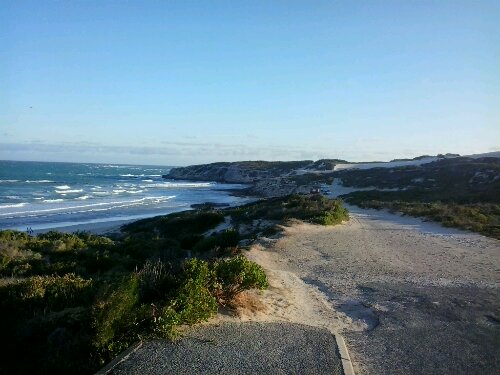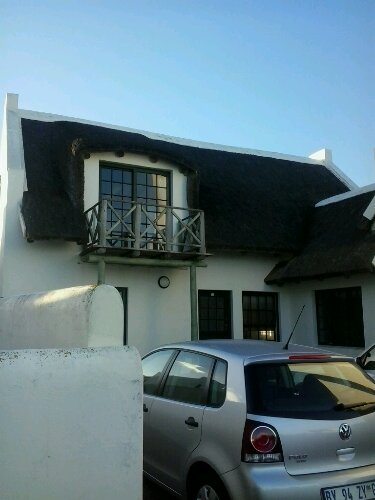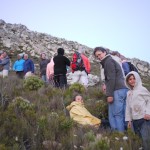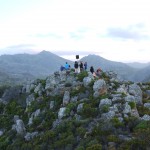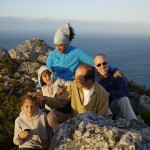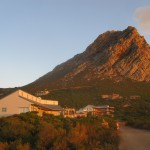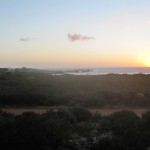Oh, poo. We didn’t schedule enough time for Johannesburg. Not that we intended the 24-hour layover to suffice, but word to the wise – don’t skimp on Jo’burg. I already regret not having the time for a deeper visit.
We wanted to visit the Apartheid Museum and take a bike tour through Soweto, but the driving distance between the two was too long and the museum closed early. Since we had booked our room in Soweto, the bike tour won.
Soweto is the mecca of South African freedom history. Mandela lived here. Desmond Tutu was his neighbor, and it was here that thousands of high school students organized a demonstration to protest a government edict forcing Afrikaans as the language of instruction for all core coursework. (For comparison, it’s worth noting that the USA had similar forced language policies toward Native Americans, and that the goals of such programs were intended to subjugate native peoples by stripping them of their language and providing inferior education in English.) The students, some as young as 8, staged their protest on June 16, 1976. I was only 8 years old in June 1976 when so many Soweto school children were killed, but I remember being confused by the tv news. I was flipping channels looking for game shows. Did they just say the police killed all those kids?
We stayed at Lebo’s Soweto Backpackers, a hostel in the heart of Orlando West, one of Soweto’s more politically infamous “starter” townships. We scheduled one of their rides through town (which is some 3 million strong), and like Nathie in Langa, our tour guide was a sharp young man in his early 20s. He explained the origins of the township, its developing history, and treated us to some traditional beer made from sorghum. We had our drink at a shebeen (lots more to say about these but I’m too lazy), where all the Zulu elders hang out from the early morning sipping and chatting. The elders dressed us up in traditional hats and jewelry and walked us through the ritual of passing the kalabash. Like many other aspects of black life, the Apartheid government forbade black people to drink alcohol, so blacks hid their home brew in milk cartons. Today the industrial version is sold in white and red quart-sized milk cartons as “Joburg Beer.” Clever!
Onward we peddled down a narrow dirt lane puddled with runoff from the outdoor communal water taps and washwater. The otherwise tidy little homes had no plumbing of any kind so all of the dishwashing, laundry and toileting took place at the communal facilities outside. Along the way children shouted hello and held out their hands for a high-five, and if we stopped long enough (which was often because of zig-zag riding to avoid ruts and splashing gunk), the youngest children would rush our bikes to climb aboard. Tsepo said we’d likely get hijacked.
Of course, just like Langa, Soweto has its Beverly Hills and neighborhoods all along the spectrum. For all the trash and ramshhackle housing we passed, we saw equal amounts, if not more, new housing with clean streets and updated city services, such as street lamps, electricity and water.
Alas, the bike tour was the absolute bare minimum we could manage with the time we had. It wasn’t nearly enough, but it was plenty to remember we won’t shortchange Johannesburg on a future trip.

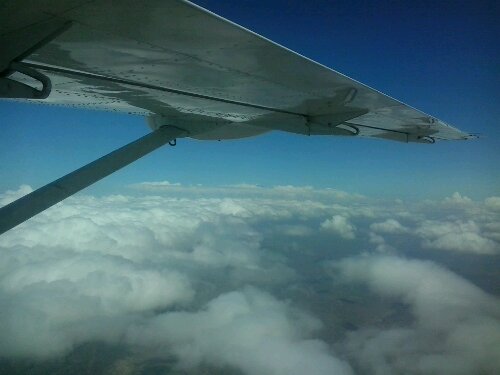

 First-time visitors to Capetown will immediately notice the multi-multi nature of the city. As a result of the Dutch’s particular approach to slavery, Capetown today boasts one of the richest blends of people.
First-time visitors to Capetown will immediately notice the multi-multi nature of the city. As a result of the Dutch’s particular approach to slavery, Capetown today boasts one of the richest blends of people.